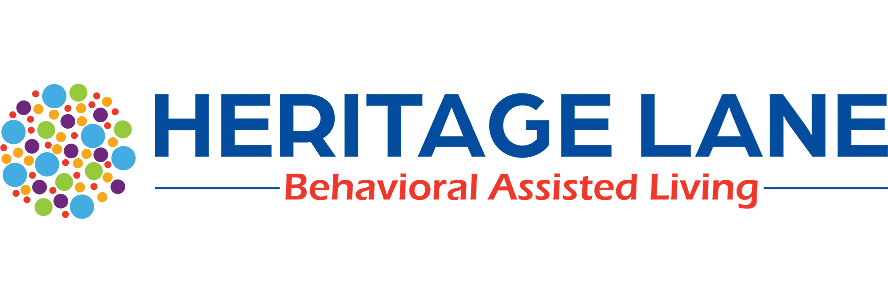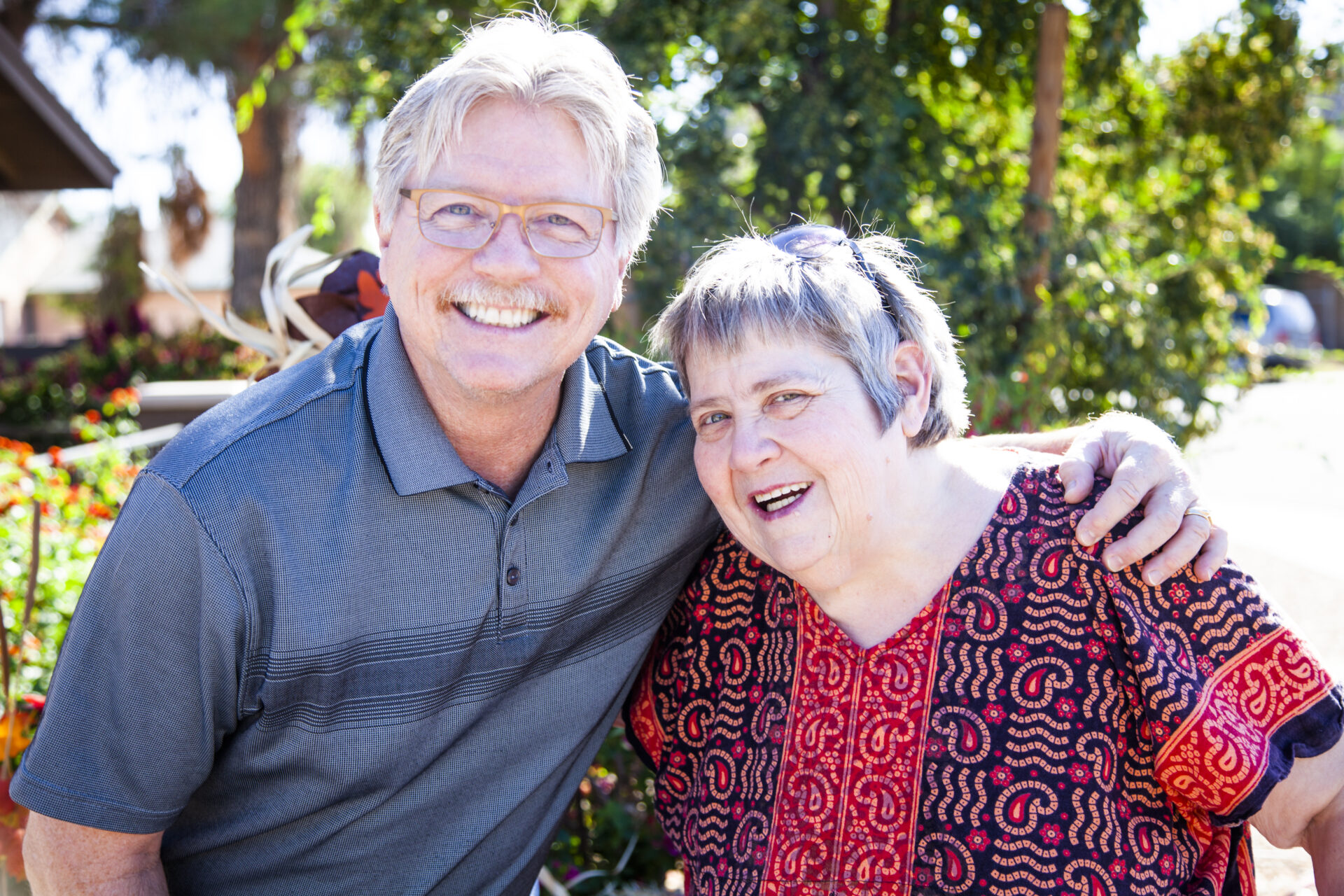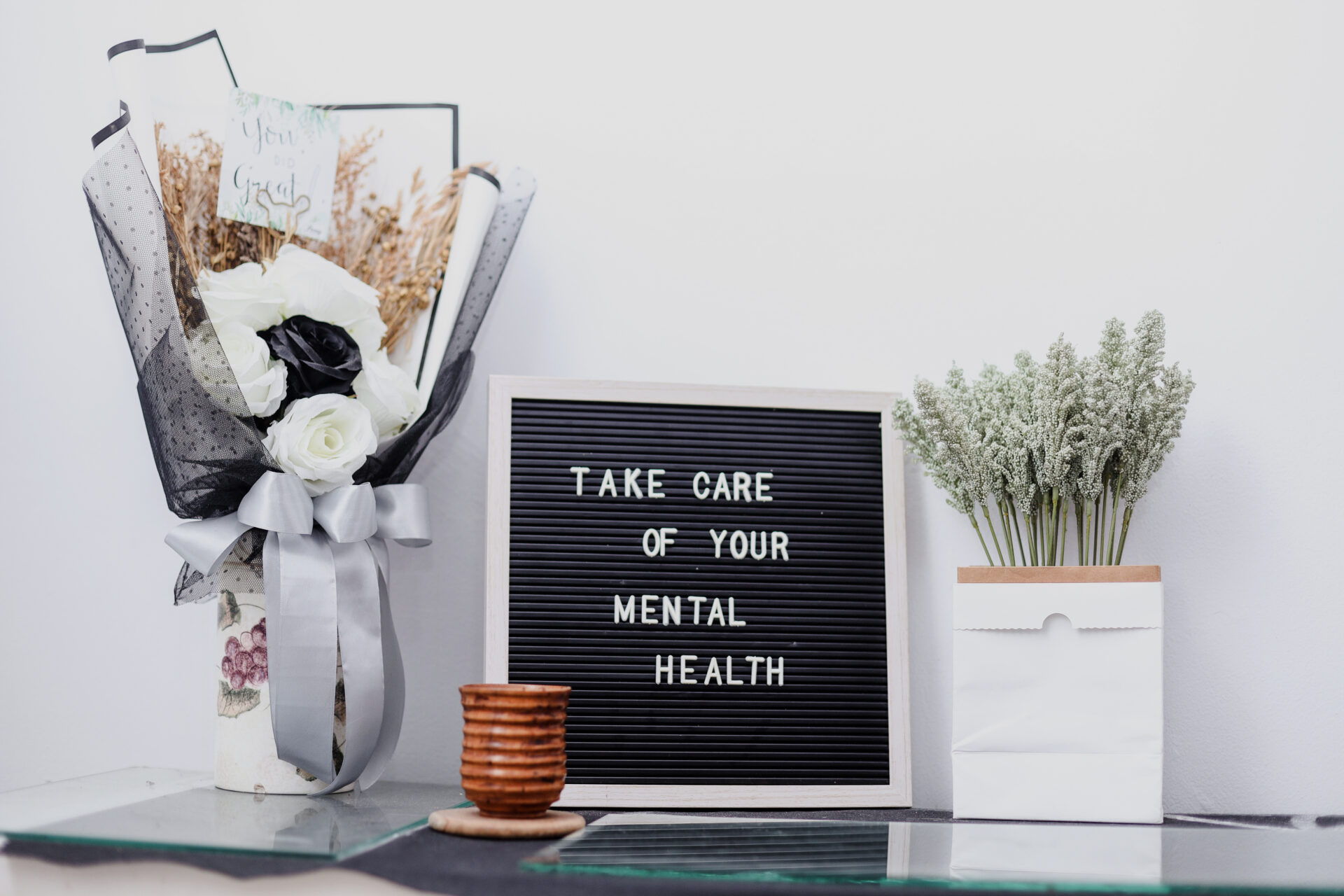Positive Reinforcement
When the resident has a say in how the treatment plan is developed, there is more acceptance and buy-in to the plan. This is important and ensures the plan is individualized and accepted. The resident is motivated to achieve the objective as opposed to being motivated to reject it because their opinions weren’t considered.
How the Program Works
Many behavioral programs will perform an initial evaluation, consider the diagnosis, and then write a plan that is believed to match what the resident needs. These types of plans are mostly written for the staff in order to “manage” the resident to certain expectations. This approach leads to a more punitive model rather than a positive reinforcement model.
Our model is positive reinforcement. We don’t write plans for staff, we write plans for the resident and the resident helps build that plan. Yes, there are instructions for staff however the resident’s input is the primary consideration and the resident assists in the determination of how the staff will assist and encourage their day to day efforts.
Another important key piece to the success of the program is reconsideration of the plan every 90 days. The resident and family members or friends will have the opportunity to sit down together with the treating practitioner and evaluate the current plan. This meeting is called Resident Care Conference.
During this meeting, there will be discussion about what is working and what is not. The plan will be revised with input from all and new or modified objectives will be written or updated.









